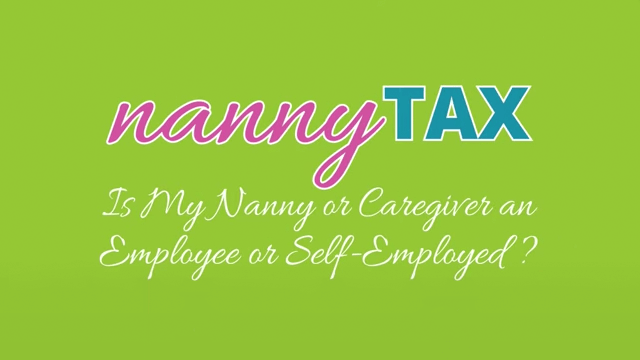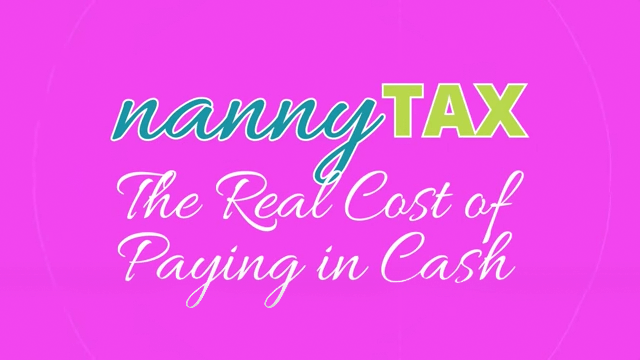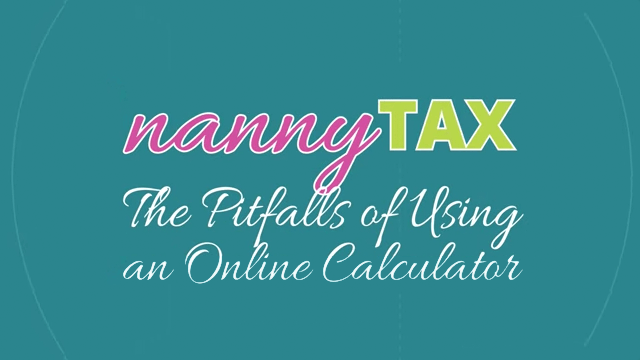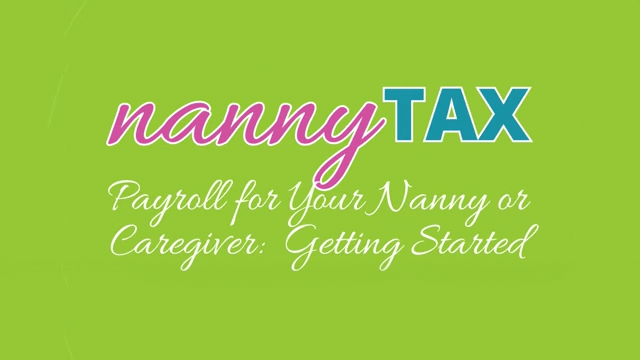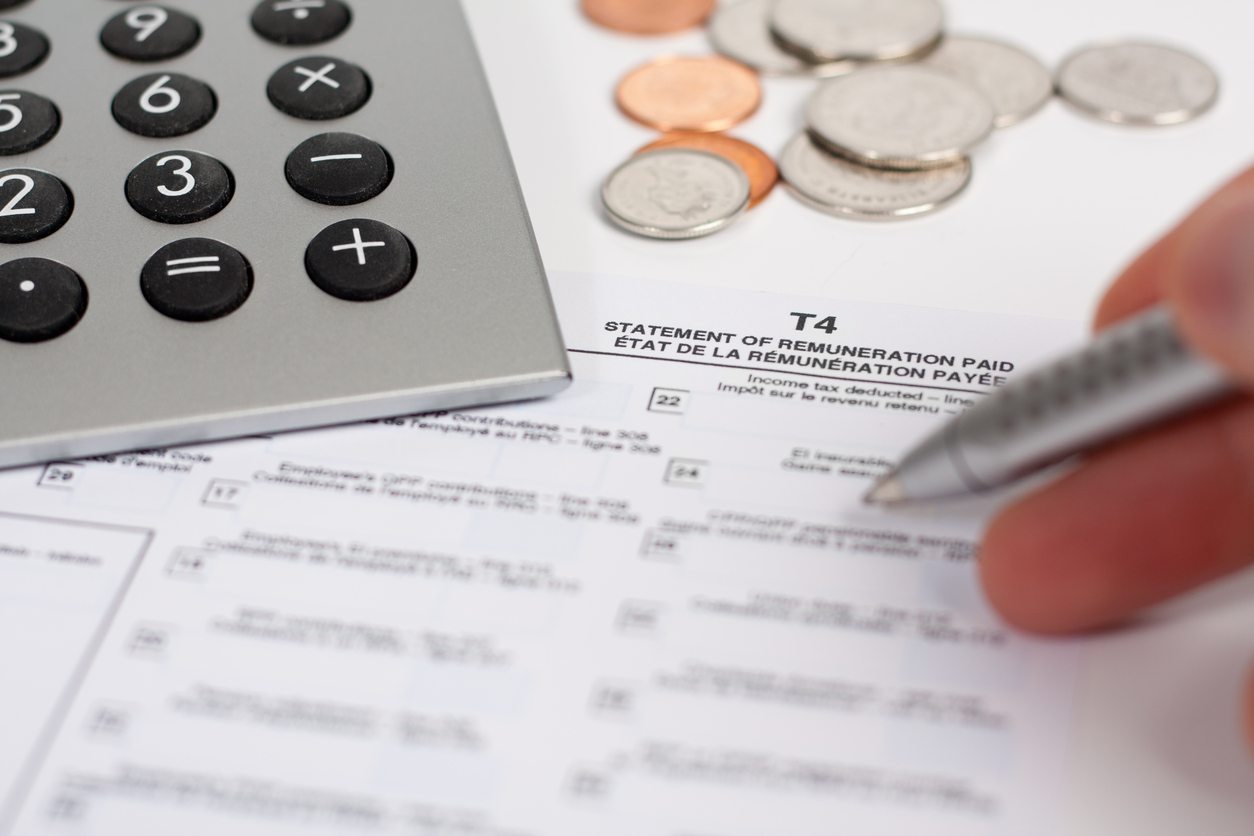
How to Avoid Headaches When Filing Employer T4s
T4s must be filed by the end of the month, making February a stressful time for busy employers of domestic employees.
You may be familiar with receiving T4s from your own employer, but there are complex CRA procedures to understand when filing T4s for an in-home worker.
It sounds scary, but NannyTax is here to teach you about filing T4s as an employer!
Filing Your T4 Summary
On top of a T4 Slip, you must submit your T4 summary to the CRA—a fact that many in-home employers are unaware of.
Your T4 summary breaks down your remittances into exactly how much of your employee’s salary went into taxes, Canadian Pension Plan, (CPP), and Employment Insurance (EI). Remittances are the lump sum accumulated in taxes, CPP, and EI, and should be submitted throughout the year, either monthly or quarterly (depending on the CRA’s directions).
The summary also contains your share of CPP and EI. It’s all too common that domestic employers only learn about filing their own portion of the remittances once the CRA has doled out a stiff penalty for not filing them.
For the CRA’s explanation of filing your T4 slip and T4 summary, click here.
Don’t Submit Past Due
You have until February 28th to submit T4s to the CRA. If any employer of less than 50 staff members submits their T4 slip or T4 summary past due, they will be penalized a minimum of $100.
Room and Board Taxable Benefit
The CRA classifies free room and board for live-in domestic employees as a taxable benefit. You must include the market value for the room as part of your employee’s compensation, so they’ll be taxed at a higher rate.
If your employee earns $30,000 per year in salary, and their room is valued at $500/month ($6000/year), it will be reflected as a $36,000 yearly income on the T4.
According to the CRA, you must “report the taxable amount in Box 14 ‘Employment income’ and in the ‘Other Information’ area, under Code 30 at the bottom of the employee’s T4 slip.”
For more information on room and board taxable benefits, click here.
For an overview of all taxable employee benefits, click here.
Claiming Public Transit Passes
You can offer your nanny or caregiver one of two forms of compensation for public transit passes. Both forms of compensation must be filed differently with the CRA:
- You buy a bus pass and hand it to your employee: the value of the bus pass will only be included in taxable and CPP incomes. Report the taxable benefit on the employee’s T4 slip in Box 14, “Employment income,” in Box 26, “CPP”, and in the “Other information” area under Code 40 at the bottom of the slip.
- You give money to your employee for the bus pass: the amount is now included in the EI income, on top of taxable and CPP incomes. The sum is included in your own EI premiums, too. Report the taxable benefit on the employee’s T4 slip in Box 14, “Employment income,” in Box 26, “CPP”, in box 24, “EI”, and in the “Other information” area under Code 40 at the bottom of the slip.
Reasonable Per Kilometre Allowance
Nannies tasked with driving their employer’s children are afforded a reasonable per kilometre allowance. As long as the allowance is in accordance with the CRA’s definition of “reasonable”, it’s considered a non-taxable benefit.
In 2017, the reasonable per kilometre allowance was 54c/km, up to 5,000km, and 48c/km after 5,000km. As of 2018, the rate has increased to 55c/km, up to 5000km, and 49c/km after 5000km.
When an employee’s compensation exceeds the reasonable per kilometre allowance, only the difference will be included as part of their taxable income.
Employing a nanny or caregiver means you’re likely over extended, and having to navigate tricky T4 slips and summaries will take up hours of your valuable time.
Luckily, NannyTax’s team of domestic payroll experts favourite season is tax season! We’re more than comfortable managing remittances and taxable benefits, down to the last decimal point.
Contact us today for a free consultation!






